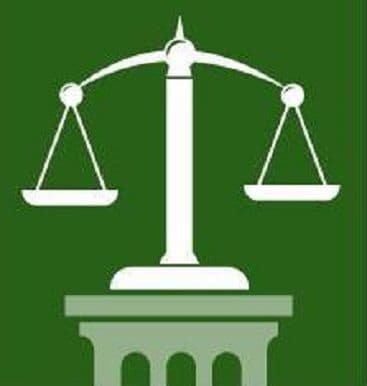Please note, our law firm took no part in the lawsuit described in this article.
Many erroneously believe that if someone is injured on another’s property, the property owner and/or their insurance is responsible to pay related damages. Actually, slip and fall injury cases are among the hardest to establish liability. Two recent Washington Court of Appeals slip and fall decisions illustrate this. Our law firm was not involved in either case.
A woman sued for injuries sustained as a result of a fall caused by a misstep on a ramp when she exited Schuck’s Auto Supply store. She argued that the cross cut at the end of the ramp was an unsafe condition, which caused her to misstep and fall. It was not disputed that she did indeed fall on Schuk’s ramp. She lost. Schuk’s won. She got nothing.
Although the ramp was not to current code specifications, the court held that because the ramp was up to code at the time it was constructed the owner was not violating building codes. The injured woman argued that the deviation from current building codes was evidence of common negligence, and that the trial court should have allowed this evidence and instructed the jury accordingly. The Court of Appeals disagreed and upheld the jury verdict in favor of Schuk’s.
In another case a man slipped and fell on a small patch of ice in a business parking. He fractured his right ankle and sustained other physical injuries. He claimed he was permanently disabled from his work as a truck driver. Again, there was no dispute that he fell on the business’s property.
He sued the contractor who built and paved the parking lot. The trial court dismissed the case, holding that based on the expert testimony presented the problem was a design flaw. The parking lot should have had at least a 2% slope to comply with industry standard, but the design called for only a 1% slope. The contractor firm built the parking lot according to the civil engineer’s design.
But, the trial court held that since the contractor firm was not responsible for the design it was not responsible for the allegedly dangerous conditions resulting from the badly designed parking lot. The injured party therefore failed to establish evidence tending to show that the paving work on the parking lot was the proximate cause of his injury.
Although our firm was not involved in either of these cases, the two cases help illustrate how difficult a slip and fall case can be. Many end in no recovery for damages at all.
It is unwise to pursue a slip and fall case yourself, innocently thinking that insurance simply “covers” these claims and just pays your damages. On the contrary, precisely because they know these are often difficult cases to prove, insurance companies typically resist them. If you were injured as a result of slip and fall, you should have an attorney review your case early.
